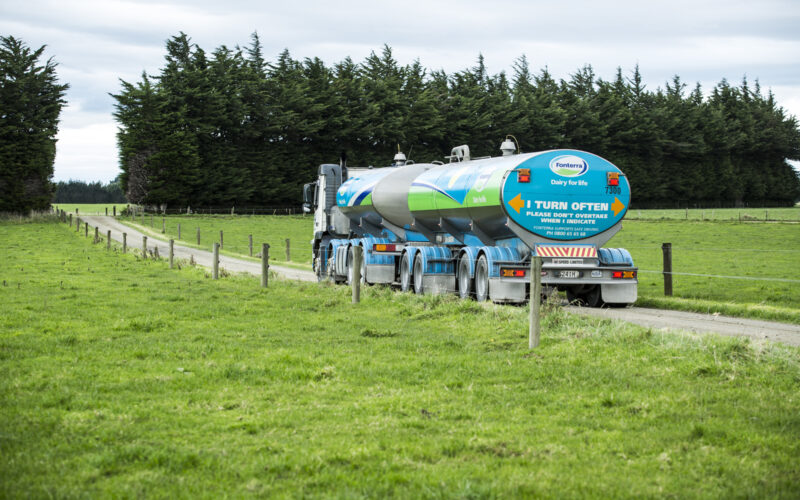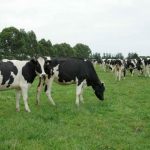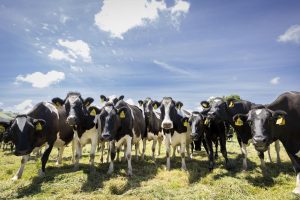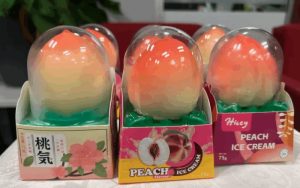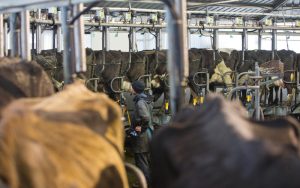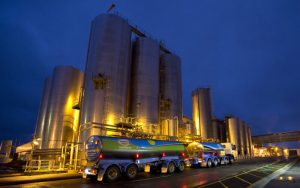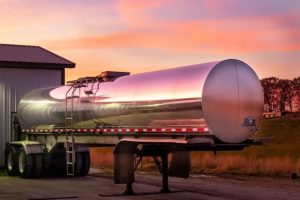
More than a third of shareholding farms have moved away from share standard.
More than 3000 of Fonterra’s 8000 shareholding farms have now moved away from the share standard of one share for every kilogram of milksolids supplied in one season.
That number has risen by 400 farms over the past 10 months.
Only 18 months after the adoption of flexible shareholding, Fonterra has reported that 552 farms have 33% of their share standard or less.
They tend to be new to Fonterra supply and/or farm ownership and are taking advantage of the six years allowed to share up and reach a minimum holding of 33%.
A further 1034 hold between 33% and 79% of their entitlement and 1422 have more than 120% of their standard.
Under the new rules, farmers may own up to four times their share standard as a further investment in their co-operative.
The bell curve of distribution published in the report shows a smattering of holdings at all points between 200% and 400%.
The Fonterra supply share price has risen 60% over the past 10 months, from $2.20 to $3.50, suggesting more farmers have confidence in the company’s restored profitability.
That included a sharp 70c rise in mid-May when the company announced its intention to divest the consumer businesses, raising the possibility that up to $2 a share cash distribution may result.
The average-sized Fonterra farm has a supply standard of 150,000 shares worth $525,000 currently.
Before its annual results for FY24 are announced next Wednesday, Fonterra has already signalled that it will report earnings approaching 70c a share, from which it may pay 40-60% as a full-year dividend, minus 15c a share interim dividend already paid.
The flexibility report says more than 10% of shares are owned by ceased shareholders or permitted transferees.
They have up to 15 years to sell shares, and to remain as investors in the meantime.
That leaves 5129 shareholding farms in middle of the bell curve, owning between 80% and 120% of their share standards.
They collectively own 949 million shares, about 59% of the total shares issued (1.609 billion).
Before flexibility was introduced, that category would have been a substantial majority of all supply farms.
Fonterra has argued that it needs flexibility to be able to maintain its 80% share of total New Zealand milk collected in competition with other processors who do not have share requirements.
At August 30, Fonterra was within the specified thresholds for three flexible shareholding metrics, or upper limits.
The total shareholding above or below the share standard was 13.25%, against a threshold of 15%.
The 10% of shares held by ceased or permitted shareholders is below the 25% threshold.
The shares held by the Fonterra Shareholders Fund (FSF) was 6.67%, below the 10% threshold.
The thresholds are written into the constitution to ensure that Fonterra co-operative remains farmer-owned and controlled.
The report, issued on September 2, also showed that farmers must buy about 24 million shares over the next six years to reach their minimum compliances.
A total of 163 million shares must be sold by 2036-37.
The long retirement period guards against the share market being swamped by farmers having to sell shares promptly.
You can now read the most important #news on #eDairyNews #Whatsapp channels!!!
🇺🇸 eDairy News INGLÊS: https://whatsapp.com/channel/0029VaKsjzGDTkJyIN6hcP1K
